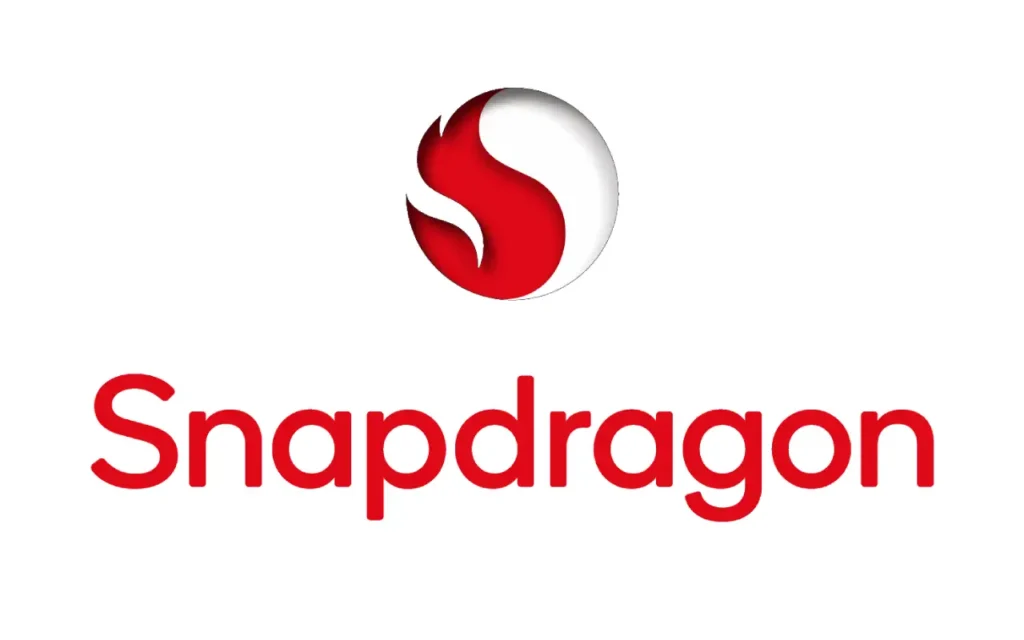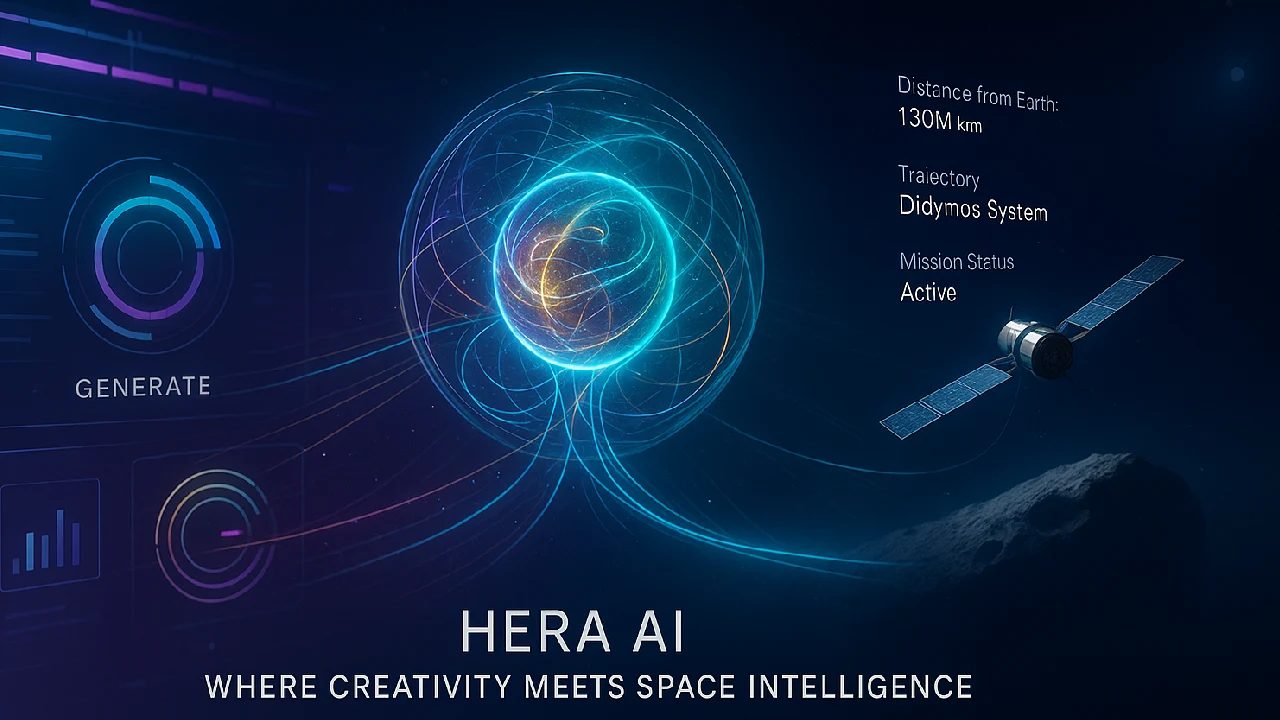When it comes to the most powerful smartphones in 2025, Snapdragon 8 Gen 3 is the most important word. This processor is probably what powers the phone you’re buying for gaming, taking pictures, or using AI technologies. But what is it that makes it so special?

This article explains in simple, useful terms how Snapdragon 8 Gen 3 works, what makes it superior than Gen 2 or Dimensity 9300, and how it alters how your phone handles AI, battery, and graphics.
What Is Snapdragon 8 Gen 3 and Why It Matters
Snapdragon 8 Gen 3 is Qualcomm’s latest flagship mobile chipset built for premium Android phones. It goes beyond just processing power this chip is designed to handle on-device generative AI, console-grade gaming, advanced photography, and energy-efficient multitasking.
It powers phones like Galaxy S24 Ultra, OnePlus 12, iQOO 12, and Xiaomi 14 series delivering a smoother, faster, and smarter user experience.

“Snapdragon 8 Gen 3 sets a new benchmark for on-device AI and gaming performance, reshaping what mobile computing means.” The Futurum Group
How It Works Without the Jargon
At its core, Snapdragon 8 Gen 3 is like a highly skilled team working together inside your phone
- Kryo CPU — Handles everyday tasks and app performance with a new 1+5+2 architecture, delivering up to 30% better performance
- Adreno GPU — Runs high-end games with hardware-accelerated ray tracing and 240Hz support
- Hexagon NPU + AI Engine — Powers on-device AI like photo enhancement, summarization, and even running large language models (LLMs) locally
- Cognitive ISP — Enhances your photos and videos by understanding what the camera sees in real-time
- Power Manager — Uses AI to reduce battery drain when apps are idle or running in the background
Features and Benefits
Snapdragon 8 Gen 3 adds several layers of value for real users
- On-Device AI
- Generate images and edit photos without cloud connection
- Run chatbots or summarizers using Gemini Nano or Llama 2
- Gaming-Grade GPU
- Supports ray tracing and global illumination for lifelike visuals
- Handles high frame rate gaming without heating issues
- Improved Battery Life
- Up to 30% better power efficiency than Snapdragon 8 Gen 2
- Smarter Cameras
- Real-time object recognition, portrait segmentation, and 8K HDR video
- Next-Level Displays
- Up to 240Hz refresh rates and support for ultra-high-res content
Pros and Cons
| Pros | Cons |
|---|---|
| Lightning-fast AI performance | Found mostly in premium segment phones |
| Better gaming with ray tracing | Slight price bump over Gen 2-based phones |
| Impressive power efficiency gains | Real-world AI use depends on app support |
Real World Use Cases
Here’s how people are using Snapdragon 8 Gen 3 in daily life
- Erase Unwanted Objects — Samsung and Xiaomi users can now remove people or clutter from images using AI on the phone
- Run AI Tools Locally — Chatbots, image generators, and video summarizers work even without an internet connection
- Lag-Free Mobile Gaming — Ray tracing support improves shadows, lighting, and reflections in AAA titles like Call of Duty or Genshin Impact
- Better Battery on Travel — With AI battery management, phones last longer during GPS or offline use
Snapdragon 8 Gen 3 vs Snapdragon 8 Gen 2 vs Dimensity 9300
| Spec | Snapdragon 8 Gen 3 | Snapdragon 8 Gen 2 | Dimensity 9300 |
|---|---|---|---|
| CPU Architecture | 1+5+2 | 1+4+3 | All big cores |
| AI Model Capability | Up to 20B params | Up to 7B params | 13B+ |
| Ray Tracing | Hardware-enabled | Software limited | Yes |
| GPU | Adreno (custom) | Adreno 740 | Immortalis G720 |
| Power Efficiency | Improved | Baseline | Competitive |
| Popular Phones | S24 Ultra, OnePlus 12 | S23 Ultra, Pixel 8 | Vivo X100 Pro |
Conclusion
The Snapdragon 8 Gen 3 is more than just an upgrade; it changes what your phone can do on its own. This processor works well for everything, whether you care about speed, photos, or AI technologies that work even when you’re not connected to the internet.
Would you like to see Snapdragon 8 Gen 3 in your future phone? Please tell us in the comments or responses.







